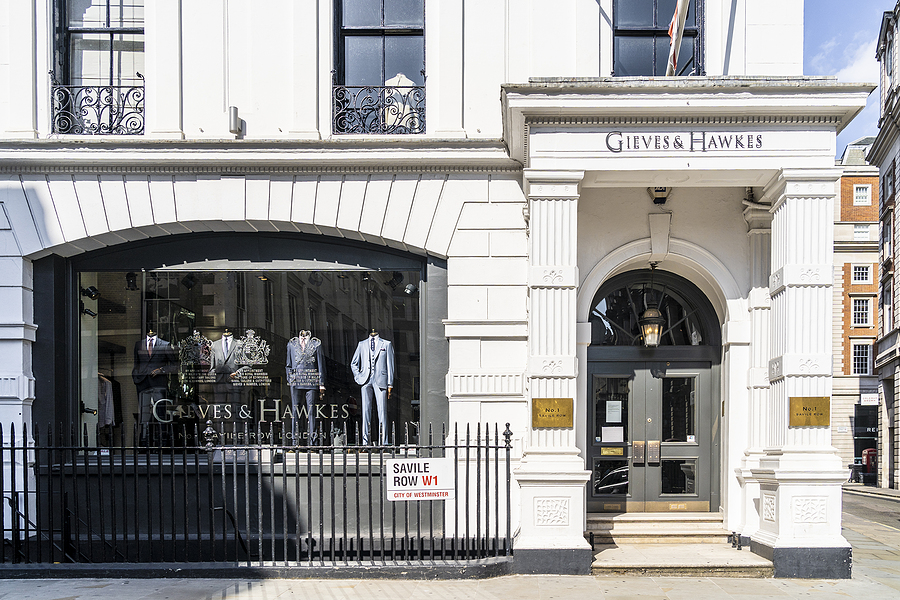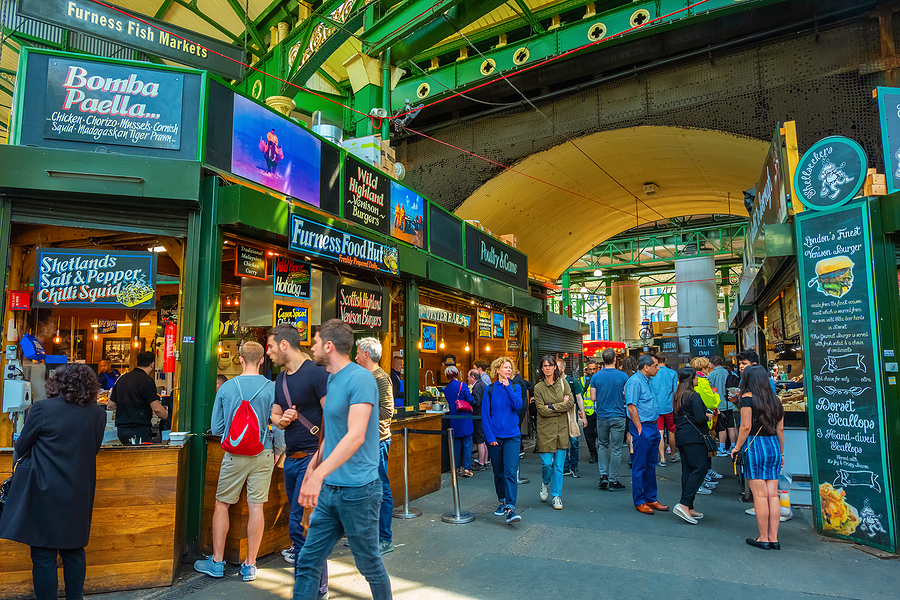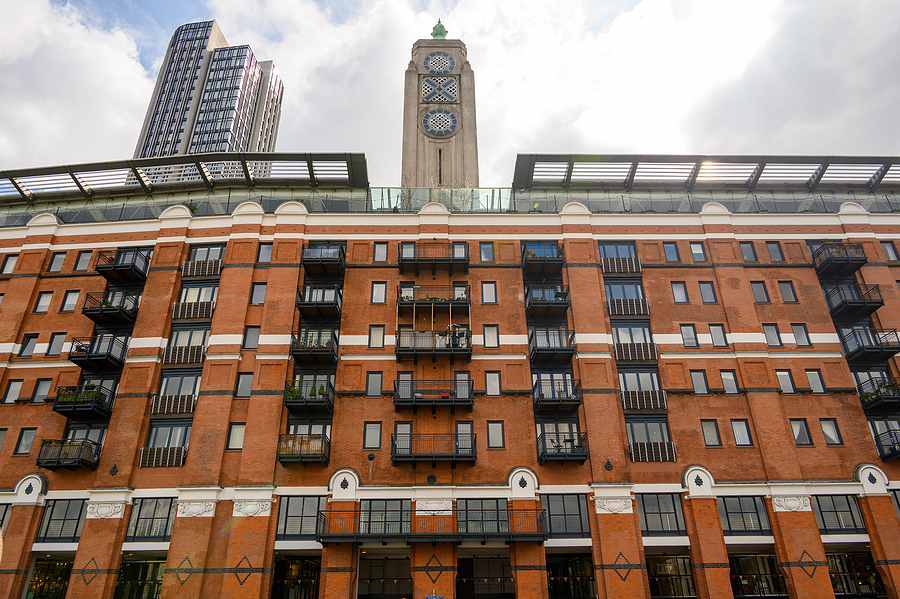Far more than simply being a capital city, London is one of the capitals of culture throughout the world, and private tours of the city will necessarily take you through the history and landmarks of a wide range of different facets of that history.
The influence the city has had on music, for example, is so large as to be incalculable. The Beatles made their name on Manchester Square and said their goodbyes on Abbey Road.
Queen was born and shaped in London, whilst Garden Lodge in Kensington was the home of its legendary frontman’s final moments.
However, perhaps no band was as influential to the future of London’s music scene as Led Zeppelin, the genesis point for heavy metal music in the eyes of many.
Whilst the band played a huge number of venues in London, from the famous Marquee club to the O2 Arena, here are some of the other music landmarks in London that shaped and were shaped by one of the biggest bands of all time.
Ronnie Scott’s Jazz Club/Transat Imports
Led Zeppelin were initially a band of convenience. Guitarist Jimmy Page was the last man standing of the ever-changing yet highly influential blues-rock group The Yardbirds after half the band left to form the folk band Renaissance, whilst longtime bassist Chris Dreja quit to become a photographer.
The Yardbirds were contractually obligated to play a short Scandinavian tour, so Mr Page quickly formed The New Yardbirds out of Robert Plant and John Bonham of the Band of Joy and session musician John Paul Jones.
They first played together on 19th August 1968 on Gerrard Street, but the exact venue is subject to some debate. Most believe it was 39 Gerrard Street, home to the original Ronnie Scott’s Jazz Club, as well as the Penny Black postage stamp.
However, some accounts claim they first rehearsed under a record shop, which would most likely have been Transat Imports on nearby Lisle Street.
Both roads are teeming with history and are well worth a look to see if you can solve the mystery once and for all.
Olympic Studios
One of the most influential music studios of the 1960s, Olympic Studios was the musical home of The Rolling Stones and Jimi Hendrix, whilst Queen, The Who, The Beatles, David Bowie, Deep Purple, The Moody Blues and Procol Harum all recorded hits there.
However, it was also the place where the first album by The New Yardbirds, who changed their name to Led Zeppelin midway through production, was recorded. It took just 36 hours of studio time, in no small part because all of the songs had been extensively rehearsed and workshopped.
In fact, some songs, such as Dazed and Confused, predate the end of the original Yardbirds, so the tried and tested Led Zeppelin was ready to lay tracks down, keeping costs down and meaning they could retain their independence in what was already a legendary London music landmark.
Windmill Street
In the early era of Led Zeppelin, one of the most famous pictures of the band sees the four members posing whilst sitting on a Jaguar car. It epitomised the boundless cool aura the band had, a sign that they were a band on the rapid ascent.
The location of the shot was on Windmill Street, just off Tottenham Court Road and outside the Impact Agency office building.
There happened to be a Jaguar parked outside, which became a perfect prop for the band, although it is unclear who the car belonged to and what happened to it after that.
Much like how Abbey Road has cultivated an audience of people taking pictures on the famous zebra crossing, Windmill Street has become a common place for Led Zeppelin fans to visit and pose in the same way, with or without a Jaguar to hand.
484 King’s Road
Much like how The Beatles had Apple Corps, so too did Led Zeppelin have Swan Song Records, based in a now-unassuming building on King’s Road opposite the World’s End Distillery.
After Led Zeppelin’s relatively successful five-year contract with Atlantic Records ended in 1973, and whilst they were working on material for what would become the double album Physical Graffiti, the band and their long-time manager Peter Grant set up Swan Song to maintain creative freedom as well as promote other bands struggling to get major label backing.
They also helped to fund Monty Python and the Holy Grail alongside Pink Floyd and Jethro Tull.
Unlike Apple, which was the flashpoint to several major controversies and events, Swan Song stayed relatively small. Led Zeppelin only wanted a handful of bands involved, and following the death of John Bonham and the end of Led Zeppelin, Swan Song ended with it.











